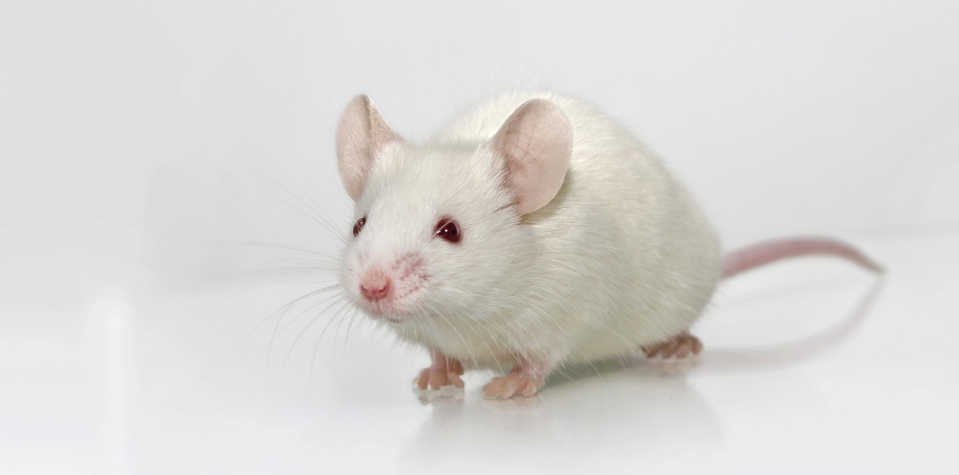Even minor setbacks in project decision-making can lead to major pitfalls and ultimately impact research timelines, cost, and quality. Dominique highlights case studies where leveraging CRISPR/Cas9 technology was the right decision, and when traditional homologous recombination makes sense.
Tuesday, December 10 | 9:30 - Midday
Institute for Regeneration and Repair South—4-5 Little France Drive, Edinburgh—EH16 4UU, Seminar Room 1.05, University of Edinburgh
Taconic Biosciences Seminar at The Institute for Regeneration and Repair (IRR)
Featured Talks
Talk 1

Scientific Program Manager
Dr. Dominique Bröhl joined Taconic in 2016 after 14 years in academic research. He has expertise in rodent model generation, developmental biology and stem cell biology. He completed a Master’s degree in biology from the University of Bonn (Germany) in 2002, focusing on the in vivo characterization of intermediate filament proteins. He received his Ph.D. in developmental biology from the Free University of Berlin (Germany) in 2008, working on transcription factors regulating the development of the spinal cord. Afterwards he completed his postdoctoral training at the Max-Delbrück-Center for Molecular Medicine (Berlin, Germany) focusing on the role of the Notch signaling pathway in the development of muscle stem cells.
Talk 2
Introduction to Humanized Immune System Mice
Immunodeficient mice have been integral tools for preclinical research and drug development for many years. These mice have been classically used when human cells and/or tissues are required. The applications are broad, ranging from safety assessment, infectious disease, oncology and immuno-oncology to autoimmune disease and much more.
Several different super-immunodeficient mouse strains have been developed such as the NOG and NSG strains. These mice lack mature T, B, and NK cells allowing for increasingly more advanced humanization including human immune system and engraftment with difficult human cells lines and patient derived tumors (PDX). The humanization can be done with peripheral blood mononuclear cells PMBCs, which are differentiated mature cells from adult donors, hematopoietic stem cells (HSCs) or more specific cell populations such as NK cells.
In this presentation you will learn about:
- The concept of humanized immune system mice and why we need them
- The various methods to generate humanized immune system mice
- The strengths and limitations of different methods of humanization
- The various strains used to generate HIS mice and the importance of selection of the right model

Field Application Scientist
Dr. Ditte Olsen received her Master of Science in Molecular Biology from Aarhus University, Denmark and earned her industrial PhD in Neuroscience from Aarhus University and Lundbeck. During her PhD, Ditte studied the dopaminergic system in various transgenic animal models. During her postdoctoral training, her focus changed to the field of cardiovascular disorders. Following her postdoctoral training, she joined a biotech company where her focus was on preclinical research using small molecules to reduce high cholesterol levels. Ditte brings nearly 15 years of in vivo research experience to her role as a Field Application Scientist at Taconic.
RSVP Here to Attend!
If you need immediate assistance, please contact Customer Service:
Taconic Corporate Offices
Email: info@taconic.com
Phone: +1 (518) 697-3900
273 Hover Ave., Germantown, NY 12526
North American Customer Service
Email: info@taconic.com
Phone:
+1 (518) 697-3915
Toll-free:
+1 (888) 822-6642
Hours:
(Monday - Friday): 7 a.m. - 6 p.m. ET
European Customer Service
Email: info@taconic.com
Phone (Europe and Denmark):
+45 70 23 04 05
Phone (Germany):
+49 214 50 68 023
Hours: (Monday - Friday):
7 a.m. - 5 p.m. CET
















.jpg)

.jpg)
.jpg)
.jpg)
.jpg)





.jpg)


.jpg)
.jpg)

.jpg)


.jpg)





.jpg)

.jpg)





